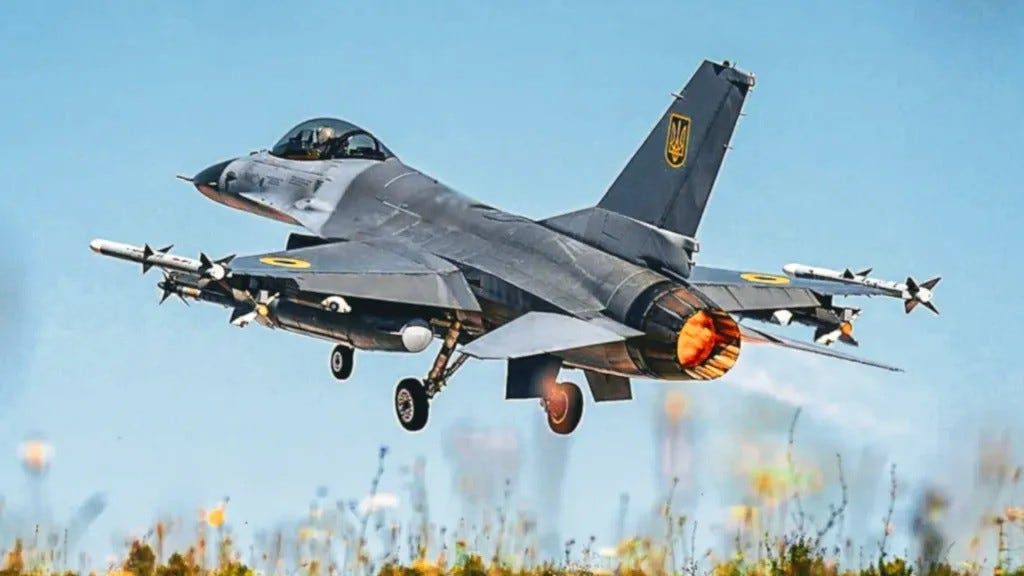BREAKING - Ukraine Loses Another F-16, But Scores 3 Kills Before Ejecting
This loss is the third confirmed F-16 crash in Ukrainian service since the jets began arriving in July 2024.
At approximately 3:30 a.m. local time on May 16, Ukraine’s Air Force lost contact with one of its American-made F-16 fighter jets during an active mission to repel a Russian air attack.
The good news? The pilot lived. The bad news? It’s the third confirmed combat loss of Ukraine’s fledgling F-16 fleet, and these aircraft aren’t exactly coming off an asse…
Keep reading with a 7-day free trial
Subscribe to Eyes Only with Wes O'Donnell to keep reading this post and get 7 days of free access to the full post archives.



